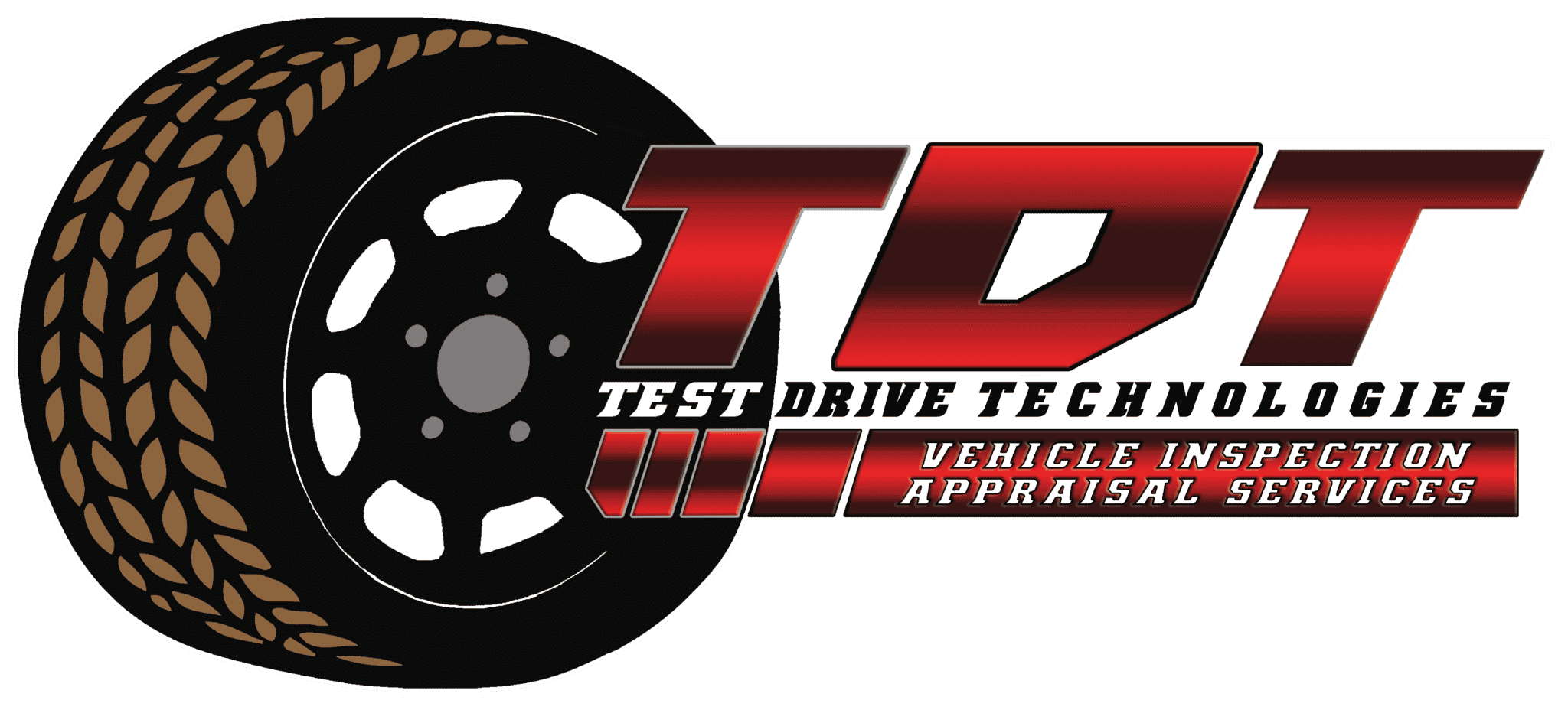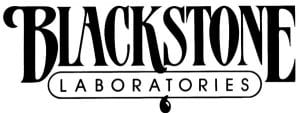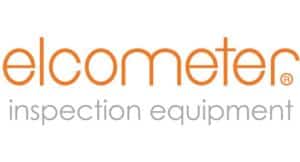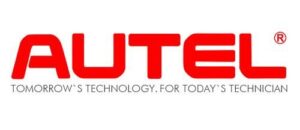To help you along in your search we put together this list of major items to look for in the house when buying a motorhome, camper or RV.
Before we get to carried away in our list here is a couple basic terms which you might or might not know already. If you have just started your search for a motorhome or RV you might have heard these two terms already; Chassis and House. The term Chassis refers to the structure and mechanical aspect of your motorhome while the House refers to the creature comforts and living conditions of the motorhome such as the kitchen, livingroom and bathroom. In this article we will cover areas of the house. Click here to view part 1 of this article related to the chassis.
The area which you will likely expect to enjoy the most of your motorhome or RV is the House. The house is considered anything that has to do with the living quarters of the vehicle. We will outline areas of the House below and what to look for in those areas.

One of the most costly and underestimated areas of the House is the heater and air conditioning system. More often than not, RV buyers do not allow sufficient time for the unit to heat or cool or worse make their purchase without actually being able to power the units and taking the seller’s word that they work. An AC unit should start blowing cold air as soon as it is turned on or very shortly thereafter. The heater should also be tested fully and in both gas and electric supply settings and should provide heat as soon as it kicks on or very shortly after. NOTE… Just because the fan kicks in and the units turn on does not mean they are fully functioning, this is why it is important to check the actual temperature of the air coming from the vents, in some situations the settings on the thermostat can be incorrect and the actual units not heating or cooling. Think of the HVAC system in your motorhome as the same as the one in your place of residence, the fan can be turned on independently of the air conditioner as well as the heater. Make sure you can FEEL the difference in temperature at the vent. If the house is equipped with a gas furnace it is highly recommended that you have a professional inspect the heat exchanger for leaks or cracks before putting the unit into service.

The hot water heater and plumbing is also another very expensive issue to have repaired. Your plumbing system is often powered by a simple small 12 volt water pump located in an access port somewhere in the storage area of the vehicle. This 12 volt pump is powered by the house batteries. This little 12 volt pump is essential to the plumbing system of your house and without it you will not have any water pressure unless connected to shore water. Somewhere in the house there should be a switch that is labeled water pump, when switched on you should hear a small pump noise. Never run the pump without water in the fresh water tank and always open as many faucets as possible to purge the air from the lines. You will likely have some spitting and burps come from the faucets, this is normal. Obviously check for leaks under sinks, around the commode, the shower etc.

Along with the water pump is the hot water heater. The hot water heater is often dual powered by gas and electricity. To check the hot water heater’s condition (before it is filled) remove the anode, which is a rod shown in the picture on the left. This rod should be a good length of the hot water heater, if not it needs replaced. When a anode rod gets eaten up too far, it can no longer do its job and the tank will eventually rust out leaving you with cold water and a very wet RV. To test the hot water tank, you will need to locate the switch on the same panel as the tank levels and the pump switch, there should be a switch for the hot water heater. NEVER turn on the hot water heater unless you know there is water in the tank. Once turned on and filled you may hear some popping and gurgling sounds which is the water moving around inside the tank as it comes in contact with the heating elements. Depending on the size and condition of the hot water heater it may take some time to create some hot water. It is recommended that you check the anode rod before turning on the heater as well as turning it on early in your inspection so it can be checked for hot water production before the end of the inspection.

Much of what happens inside and outside of the house is powered by electricity and that electricity can be provided in three different ways. Your motorhome can be plugged in, which is often called shore power. It can be powered by a generator, often called a Genny. Lastly, your RV can also provide you power through batteries. Before purchasing your motorhome it is highly advisable to ensure the unit will operated on all three power sources. Some items such as the air conditioning system may not operate on the house batteries but SHOULD operate on the Genny. Many motorhomes have automated switches which will automatically sense which power source is providing power however, some RV’s require a manual switch normally located in the house battery compartment or near the fuse or breaker panel. Test everything on each power source and question anything that is not powering on as it should. Also, be on the lookout for any broken outlets etc as they can be a hazard and any outside outlet should be GFCI just like the ones in your bathroom at your residence.
Some quick tips: TURN EVERYTHING ON as soon as you get there. If you are not able to figure out how to turn the power on to something, ask the seller to power it on for you and leave it on. This means, every light, every TV, every appliance (microwave can just be tested individually), and even the onboard radio. As you walk through the unit and verify that something is working, turn it off.

If your motorhome has slideouts be certain to watch the slides move from both the inside and outside of the RV. It is also very important to inspect the seals and gaskets of the slides. It is best to be able to spray them with water from above and check the inside for leaks however, that is not always able to be done. Slides should move freely and easily without a lot of growling or any shuttering. Shuttering can be a sign that adjustments need to be made or even worse the slide is off track or gears are stripped out. Check the track for any marring or grinded metal which can be a sign the gears are not lined up properly on the track itself. On the inside of the motorhome check and make sure that nothing is hitting the seats, couch or cabinetry as the slide goes in and out.

It may be very obvious but be sure you check all the counters, floors, furnishings, beds, doors, cabinets, doors and locking mechanisms for their condition. It is easy to get wrapped up in the big things and miss the little stuff that will likely give you buyer’s remorse after the purchase. Look for wear on the floors especially at the entrance way, check for seat belts inside the couch and any additional chairs. Make sure all the cabinets latch closed and the door also latch. Once you are satisfied with the condition of your purchase it is highly recommended that you have it professionally cleaned and stain treated by a professional company. This helps save future replacement repairs just as it does at home.





